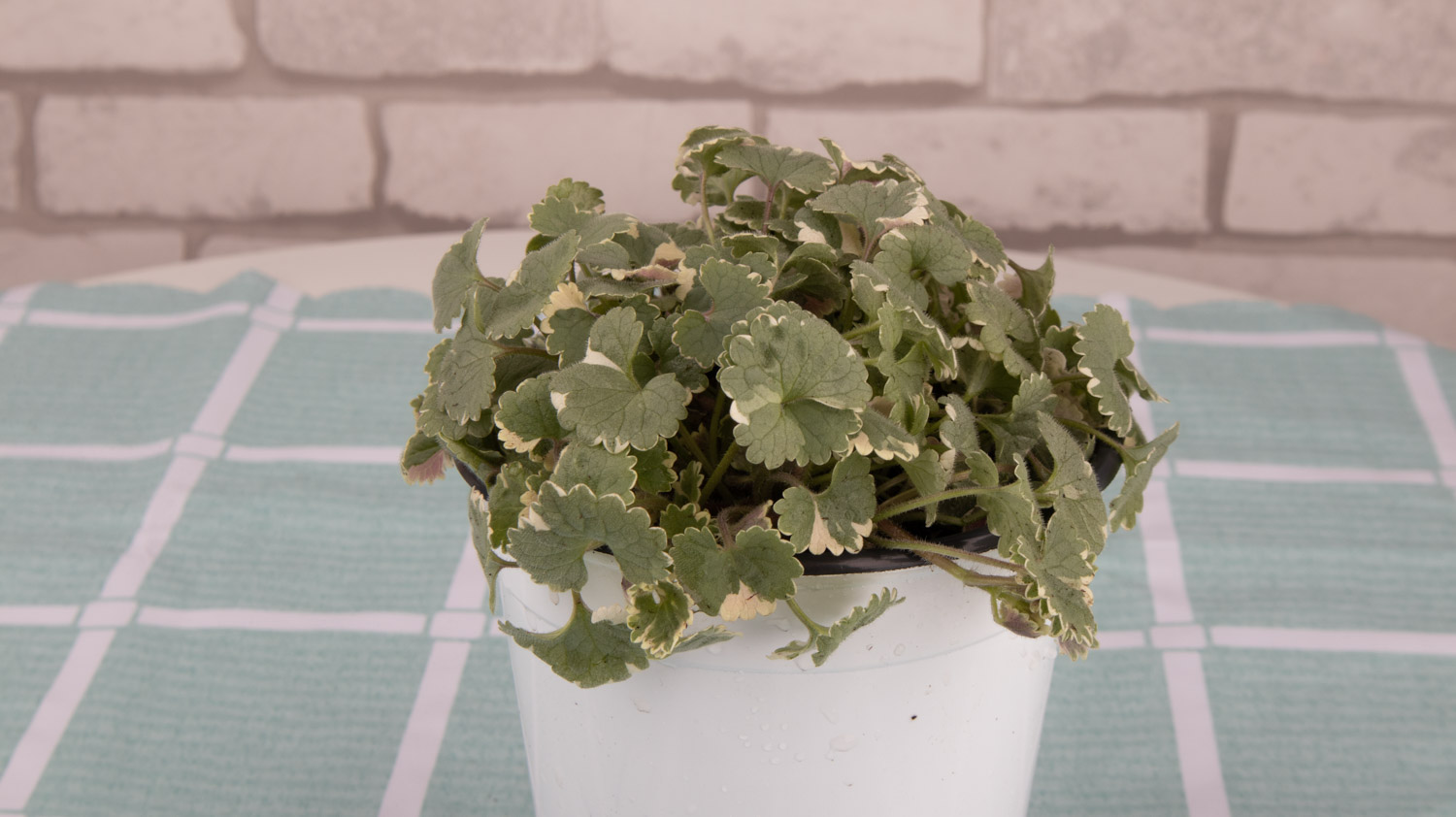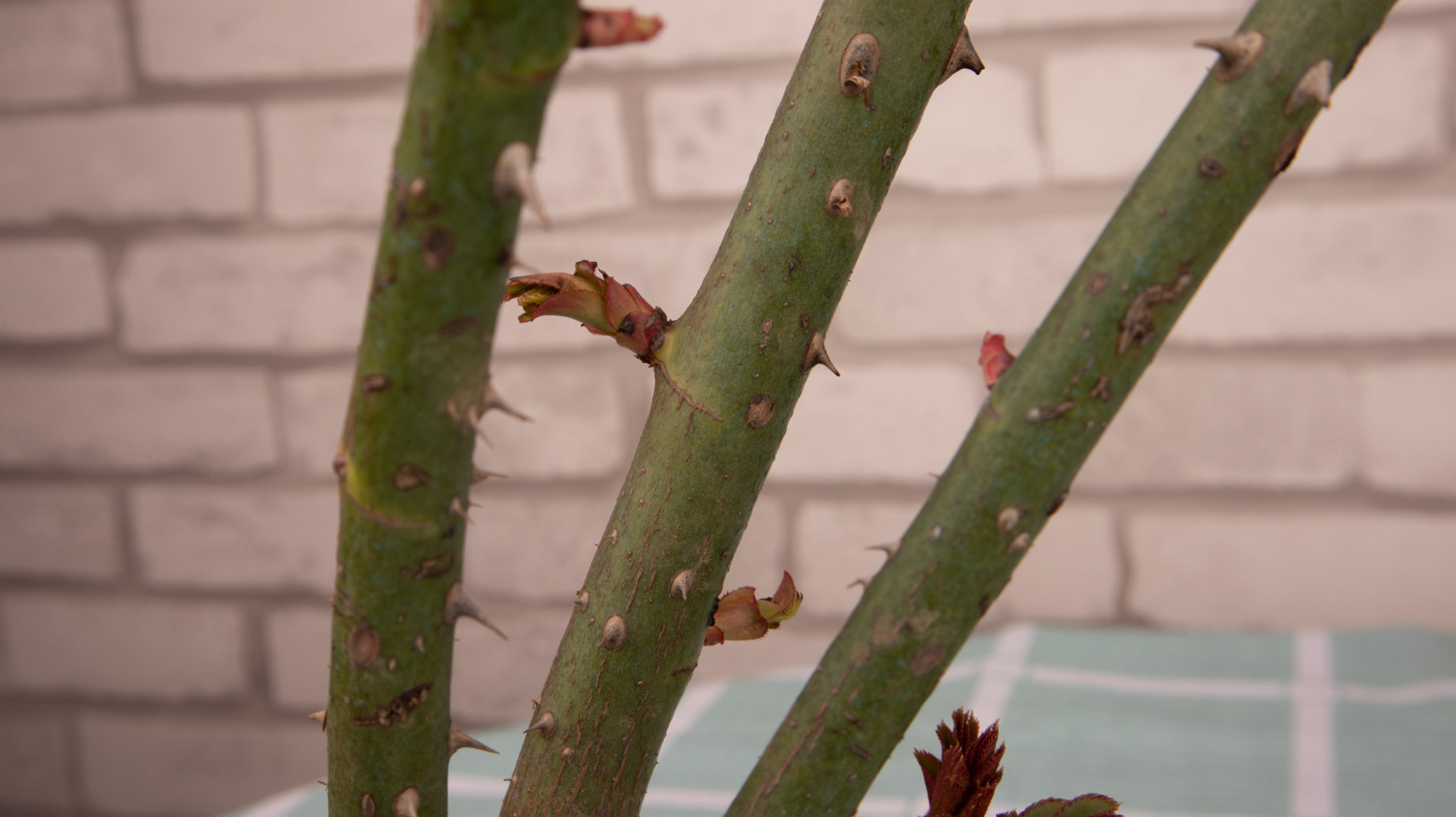1、 Leveling land
Peppermint should be planted in places with sufficient light and convenient drainage and irrigation. The soil should not be too acid or alkali. The terrain is relatively flat and the soil is relatively fertile, which is more conducive to its growth. However, after planting once, you can't continue planting for three years. After the land is found, it needs to be deeply turned first, and the rotten compost, calcium superphosphate and bone powder are applied to the ground as base fertilizer, raked and turned into the soil

2、 Seedling raising method
There are three ways to raise seedlings. Rhizome seedling raising is generally carried out in April or August. The mother plant with strong growth and no diseases and pests is selected. In early winter, the stems and leaves on the ground are cut off and the rhizomes are left in the ground. When the seedlings grow to 15 cm, the seedlings should be planted separately. Cutting in May to June, cut 10 cm long branches and put them on the seedbed. After rooting and germination, they can be transplanted

3、 Daily management
In the growth process of peppermint, we should first check the situation of seedlings, and appropriate supplementary planting should be carried out where there is a lack of seedlings. When it is replenished, it is necessary to start weeding. Eliminating weeds can prevent them from competing for nutrients and promote the growth of seedlings. When the same length reaches 10-15 cm high, a little urea can be added, with 10 kg per mu. It should be watered once every 15 days in the early stage of growth, and it needs to be watered 4-5 times after emergence to harvest

4、 Disease control
The diseases of peppermint include black shank, rust and spot blight. The black shank disease mainly occurs in the seedling stage, which will cause the base of the stem to turn black and rot, causing it to fall and wither. It is generally controlled with chlorothalonil or carbendazim. Rust often occurs from May to July and can be treated with fenxiuning. Spot blight is common from May to October, and mancozeb can be sprayed once a week to control the disease

 how many times do yo...
how many times do yo... how many planted tre...
how many planted tre... how many pine trees ...
how many pine trees ... how many pecan trees...
how many pecan trees... how many plants comp...
how many plants comp... how many plants can ...
how many plants can ... how many plants and ...
how many plants and ... how many pepper plan...
how many pepper plan...






























